Perimeter and Area of Irregular Figures
Here we will get the ideas how to solve the problems on finding the perimeter and area of irregular figures.
1. Find the perimeter of the given figure.
Solution:
Perimeter = AB + BC + CD + DE + EF + FG + GA
= 3.2 cm + 1.5 cm + 5 cm + 5 cm + 1.5 cm + 3.2 cm + 2 cm
= 21.4 cm
2. Find the perimeter of each of the following figures:
(i) Perimeter of the region = (2 + 19 + 2 + 9 + 10 + 3 + 10 + 7) cm
= 62 cm.
(ii) Perimeter = AB + BC + CD + DE + EF + AF
= (100 + 120 + 90 + 45 + 60 + 80) m
= 495 m .
3. The figure PQRSTU is a hexagon.
PS is a diagonal and QY, RO, TX and UZ are the respective distances of the points Q, R, T and U from PS. If PS = 600 cm, QY = 140 cm, RO = 120 cm, TX = 100 cm, UZ = 160 cm, PZ = 200 cm, PY = 250 cm, PX = 360 cm and PO = 400 cm. Find the area of the hexagon PQRSTU.
Solution:
Area of the hexagon PQRSTU = area of ∆PZU + area of
trapezium TUZX + area of ∆TXS + area of ∆PYQ + area of trapezium QROY + area of
∆ROS
= {12 × 200 × 160 + 12 (100 + 160)(360 – 200) + 12 (600 – 360) × 100 + 12 × 250 × 140 + 12 (120 + 140) (400 – 250) + 12 (600 – 400) × 120} cm2
= (16000 + 130 × 160 + 120 × 100 + 125 × 140 + 130 × 150 + 100 × 120) cm2
= (16000 + 20800 + 12000 + 17500 + 19500 + 12000) cm2
= 97800 cm2
= 9.78 m2
4. In a square lawn of side 8 m, an N-shaped path is made, as shown in the figure. Find the area of the path.
Solution:
Required area = area of the rectangle PQRS + area of the parallelogram XRYJ + area of the rectangle JKLM
= (2 × 8 + PC × BE + 2 × 8) m2
= (16 + 2 × 4 + 16) cm2
= 40 m2
We can solve this problem using another method:
Required area = Area of the square PSLK – Area of the ∆RYM – Area of the ∆XQJ
= [8 × 8 - 12{8 – (2 + 2)} × 6 - 12{8 – (2 + 2)} × 6] m2
= (64 – 12 – 12) m2
= 40 m2
From Perimeter and Area of Irregular Figures to HOME PAGE
Didn't find what you were looking for? Or want to know more information about Math Only Math. Use this Google Search to find what you need.
Recent Articles
-
Counting Numbers from 1 to 50 | Match the Number | Missing Numbers
Apr 04, 25 03:46 PM
In counting numbers from 1 to 50, recognize the numbers, count and then join the numbers in the correct number order. Here we mainly need eye-hand coordination to draw the picture and maintain the num -
Counting Eleven to Twenty with Numbers and Words |Numbers from 11 - 20
Apr 04, 25 03:21 PM
Counting eleven to twenty with numbers and words are explained below. One ten and one more is eleven. Eleven comes after ten. One ten and two more is twelve. Twelve comes after eleven. -
5th Grade BODMAS Rule Worksheet | PEMDAS | Order of operations|Answers
Apr 03, 25 03:11 PM
In 5th Grade BODMAS Rule Worksheet you will get different types of problems on mathematical expressions involving different operations, mathematical expression with 'brackets' and 'of' and simplifying… -
Worksheet on Simplification | Simplify Expressions | BODMAS Questions
Apr 03, 25 02:58 PM
In worksheet on simplification, the questions are based in order to simplify expressions involving more than one bracket by using the steps of removal of brackets. This exercise sheet -
Divisible by 2 Video |Test of Divisibility by 2 Trick| Rules| Examples
Apr 03, 25 10:25 AM
A number is divisible by 2 if the digit at unit place is either 0 or multiple of 2. So a number is divisible by 2 if digit at its units place is 0, 2, 4, 6 or 8.
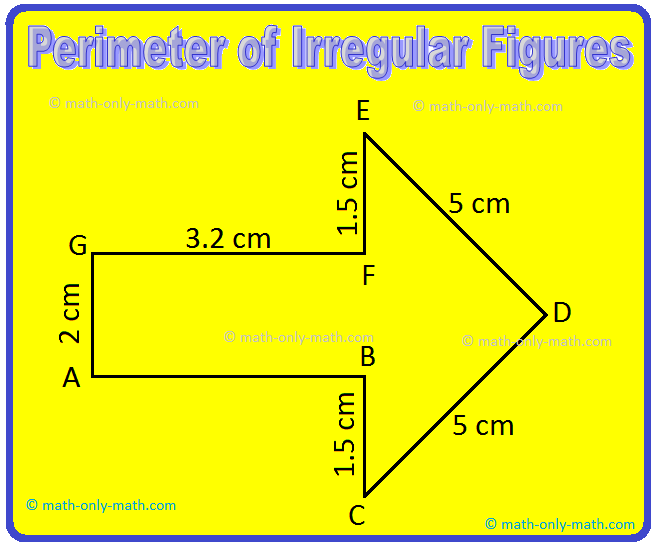
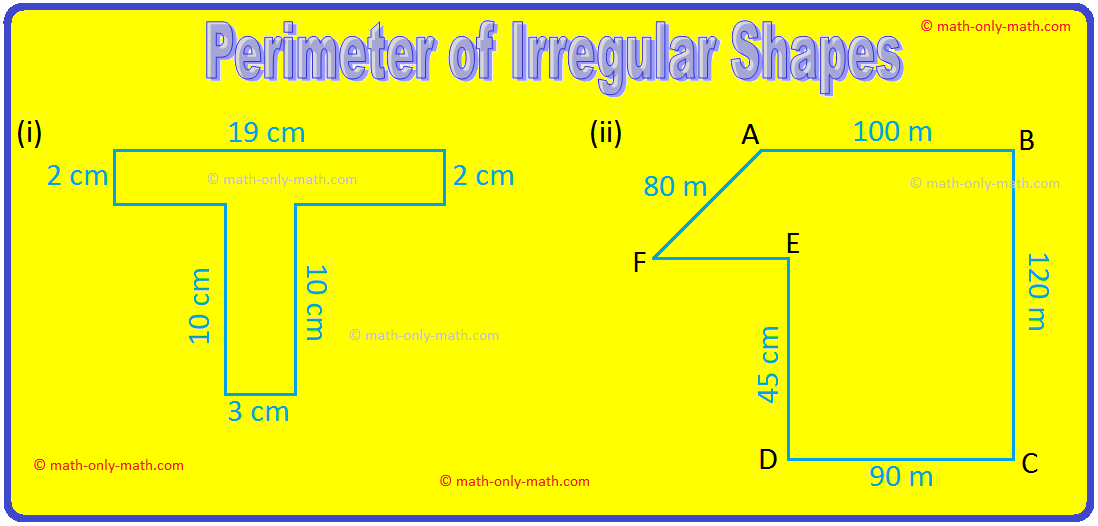
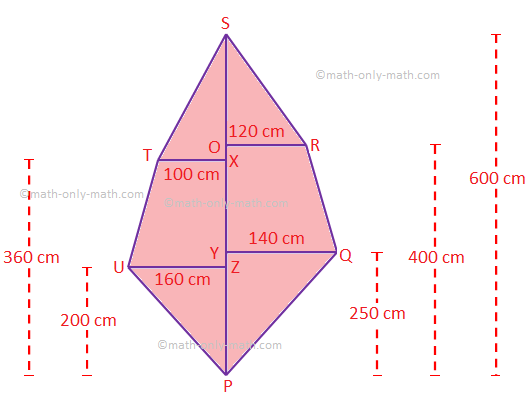
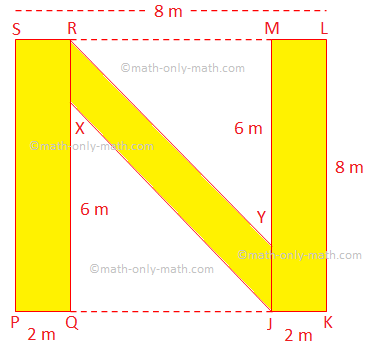
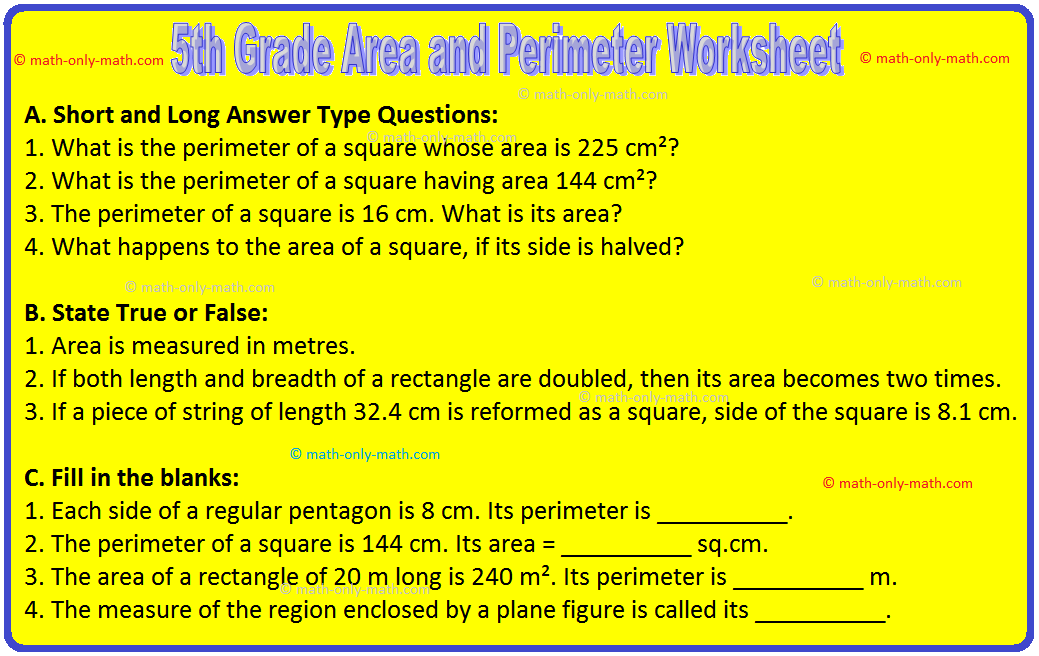
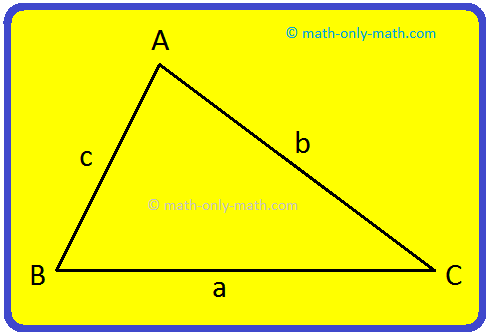





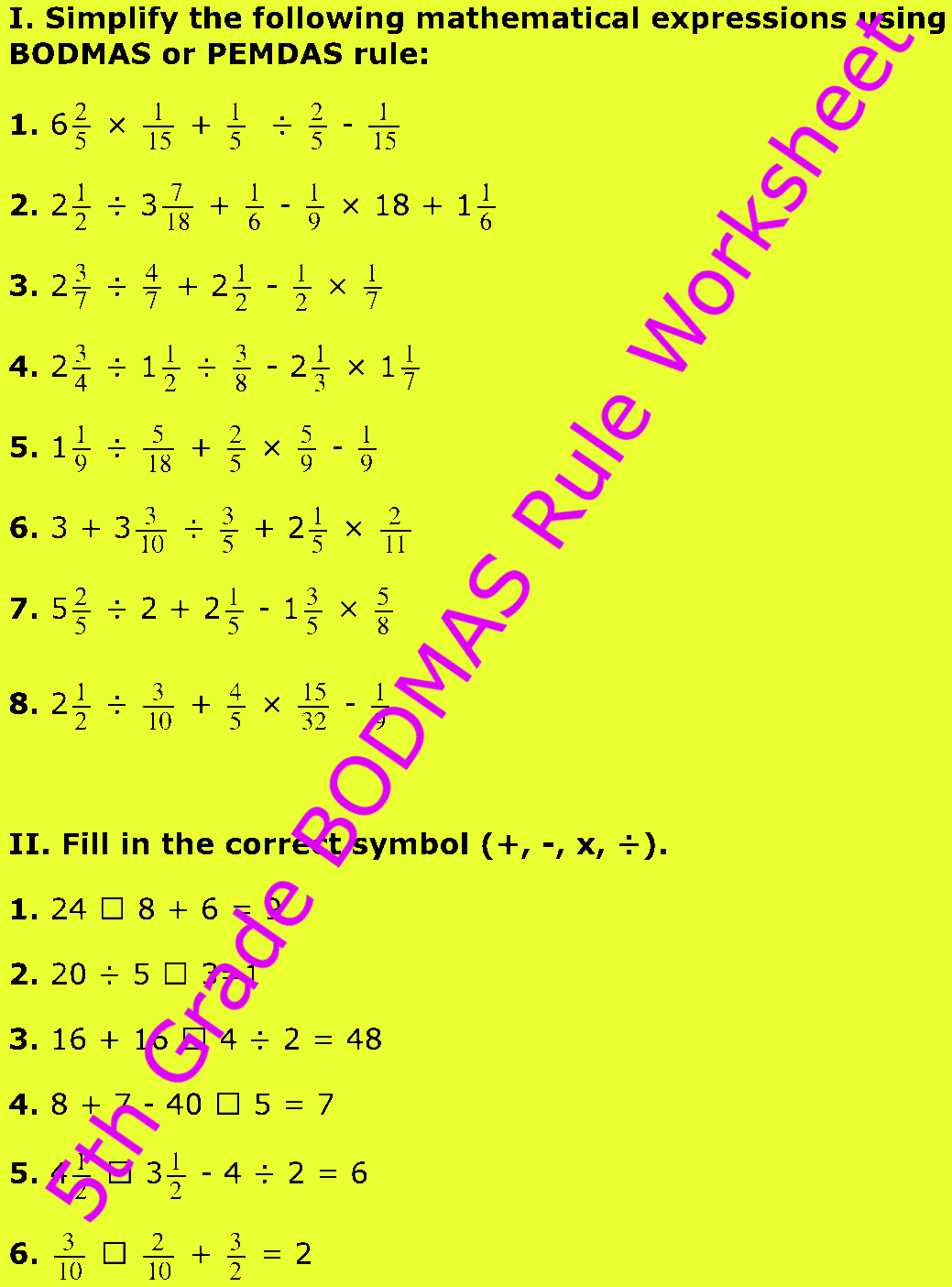
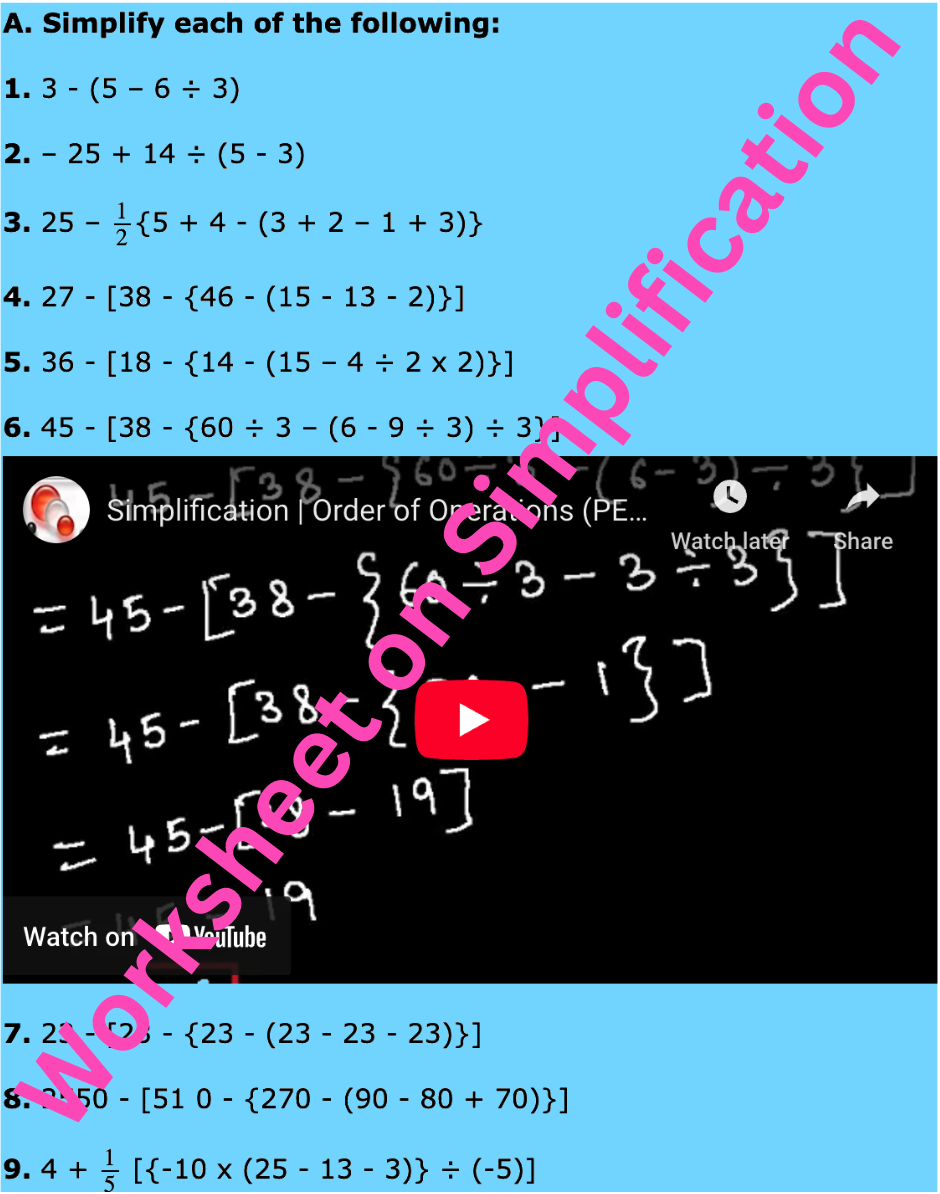

New! Comments
Have your say about what you just read! Leave me a comment in the box below. Ask a Question or Answer a Question.